The cost is $12.00 for a 1 ounce tincture or $7.00 for 1/2 ounce tincture. Tinctures can be sold separately or mixed together.
Echinacea, is known as the American Cone Flower. It has been used in traditional herbal remedies for hundreds of years. it works by stimulating your own immune system by activat...ing chemicals in the body that decrease inflammation. Echinacea is a mild antiseptic and useful for cleansing and healing wounds. It will fight infections such as the common cold, the flu and upper respiratory infections. It is used against urinary tract infections, yeast infections, tonsillitis, strep throat, ear infections, and other illnesses not listed. It has a numbing sensation that relieves the pain of cold sores and offers some protection against herpes simplex viruses.
Elderberry has been used effectively to fight colds, flu, sore throats, bronchitis and other respiratory issues for hundreds of years. Because of its antiviral activity it has been known to decrease mucous production while supporting and boosting healthy immune function.
Instant Message me with questions!
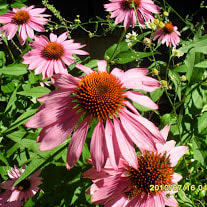
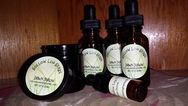
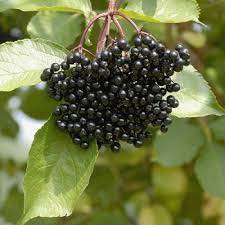

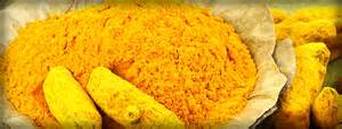
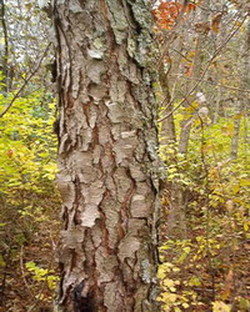
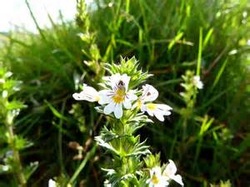
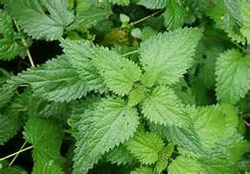
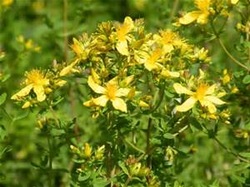

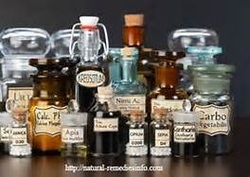
 RSS Feed
RSS Feed